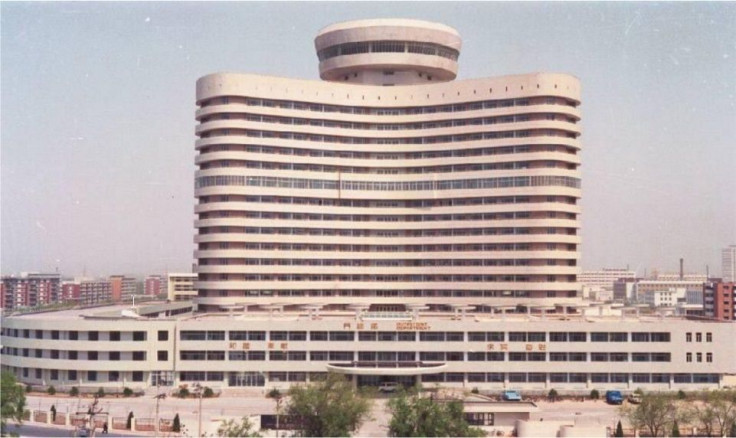Report questions source of organ donations at top Chinese hospital over suspicion of body parts trafficking

With a population of 1.3 billion, getting a body part for an organ transplant, in theory, should not be as difficult in Chna compared to other nations which have smaller headcounts. The Tianjin First Central Hospital’s record appears to confirm that because one surgeon has claimed performing more than 1,600 liver transplants from the 1990s until 2006.
The situation contrasts in many countries where there are long waiting list for organ donations that many patients die waiting for vital body parts such as kidney and heart. For some body parts, such as the eye or penis, a patient would still live without an organ donation, but life would be better if there is an available donation.
However, Epoch Times, a news portal in New York with focus on human rights violations in China, in an exclusive report, says the number of liver transplants that Dr Shen Zhongyang do not match with the source of the “donated” livers. That’s because the hospital claims that it uses only organs of prisoners formally executed by the state.
Shen performed his first liver transplant in May 1994 on a 37-year-old migrant worker with liver cirrhosis. In 1998, armed with an MD degree from Japan, Shen returned to China with $15,000 which he used to open a small transplant unit at Tianjin First. At that time, he had performed seven liver transplants which rose to 24 the next year. By January 2002, he had done 209 which dramatically jumped to 1,000 by the end of 2003, Epoch Times cites a report from Enorth Netnews, published by the Tianjin government.
The newspaper estimated that based on Tianjin’s population compared to total number of death row convicts across China, it should total only about 40 prisoners annually. So, where did he source the livers for the other patients? Voluntary donation appears not a credible explanation because it was only recently that China started an organ donation system.
Epoch Times deduced that the organs likely came from Falun Gong prisoners, basing it on a 2014 book written by Ethan Gutmann, “The Slaughter” which claims there was mass killing of the members of that religious group and the organs of the corpses were possibly harvested and sold for profit, repots LifeNews.
On the same year the book came out, an NGO of the World Health Organisation, The Transplantation Society, wrote a letter to China, chastising the country for allowing the continuous practice of using organs of executed inmates. The ease of acquiring an organ for transplantation in China was the subject of a movie titled "Human Harvest." It was shown at the 2015 Justice Film Festival at Red Deer College in Alberta, Canada.
As more organ transplant procedures take place in China due to the ease in sourcing body parts, the Tianjin Municipal Bureau of Health spent $20 million in December 2003 to build the 17-storey organ transplant building in the city. That facility, named Orient Organ Transplant Center, has 500 beds and claims to be a “comprehensive transplant center” with capability of performing throat, cornea, lung, heart, stem cell, hair, bone, pancreas, kidney and liver transplants.





















